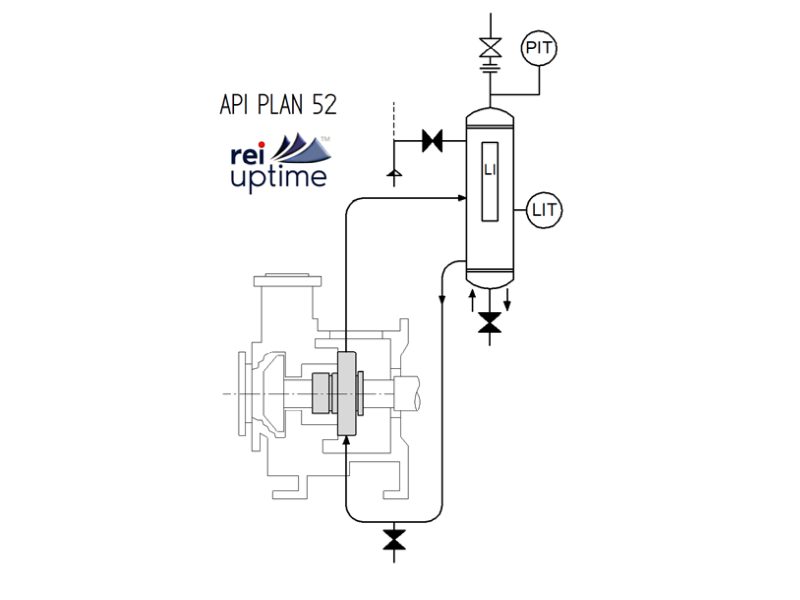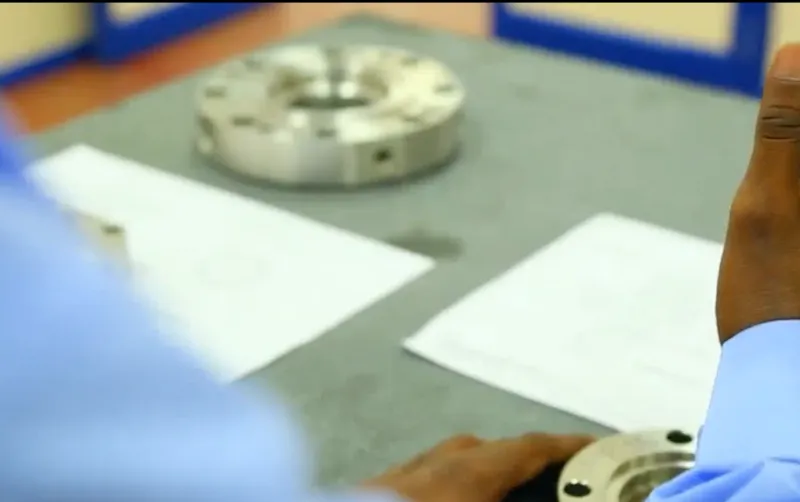

May 13, 2024
Seal Excellence: A Deep Dive into Mechanical Shaft Seals
Mechanical shaft seals might be small in size, but their significance in ensuring smooth operations of rotating machinery cannot be overstated. As a cornerstone of pump and compressor systems, these seals play a crucial role in preventing leakage and maintaining system efficiency. In this article, we'll delve into the purpose of mechanical shaft seals, differentiate them from rubber seals, explore installation techniques, and demonstrate how Reliability can be your trusted partner in seal solutions.
What is the Purpose of a Shaft Seal?
A mechanical shaft seal serves as a barrier between the rotating shaft and the surrounding environment, preventing leakage of fluids (such as oil or water) from the equipment. By sealing the interface between the shaft and the housing, these seals help maintain the integrity of the system, reduce friction, and prevent contamination or loss of lubricants.
Difference Between Mechanical Seal and Rubber Seal
While both mechanical seals and rubber seals serve the purpose of sealing, they differ significantly in their construction and functionality. Mechanical seals are composed of precision-engineered components, including rotating and stationary faces, springs, and O-rings, designed to create a dynamic seal under varying operating conditions. In contrast, rubber seals, also known as O-rings or gaskets, rely on elastomeric materials to provide a static seal, typically in low-pressure applications.
How Do You Install a Mechanical Shaft Seal?
Proper installation of a mechanical shaft seal is crucial for ensuring its effectiveness and longevity. Here's a basic guide to installation:
- Preparation: Ensure the shaft and housing surfaces are clean, smooth, and free of debris or damage.
- Selection: Choose the appropriate seal size and type based on the equipment specifications and operating conditions.
- Assembly: Carefully position the seal components (rotating and stationary faces, springs, and O-rings) according to the manufacturer's instructions.
- Alignment: Align the seal faces concentrically with the shaft to minimise friction and ensure optimal sealing performance.
- Securement: Secure the seal in place using retaining rings or set screws, ensuring proper fitment and alignment.
- Testing: Conduct a visual inspection and perform a leakage test to verify the integrity of the seal and ensure proper installation.
Get in Touch with Us
At Reliability, we specialise in providing high-quality mechanical shaft seals engineered for reliability, durability, and performance. From standard designs to custom solutions tailored to your specific requirements, we offer a comprehensive range of seals to meet diverse industry needs. Our team of experts is dedicated to providing exceptional customer support, from product selection to installation guidance, ensuring seamless integration and optimal performance of your equipment.
Ready to enhance the efficiency and reliability of your machinery? Contact us today to learn more about our innovative seal solutions and discover how Reliability can be your trusted partner in seal excellence.
Explore our products here.
Suggested posts
No items found.




